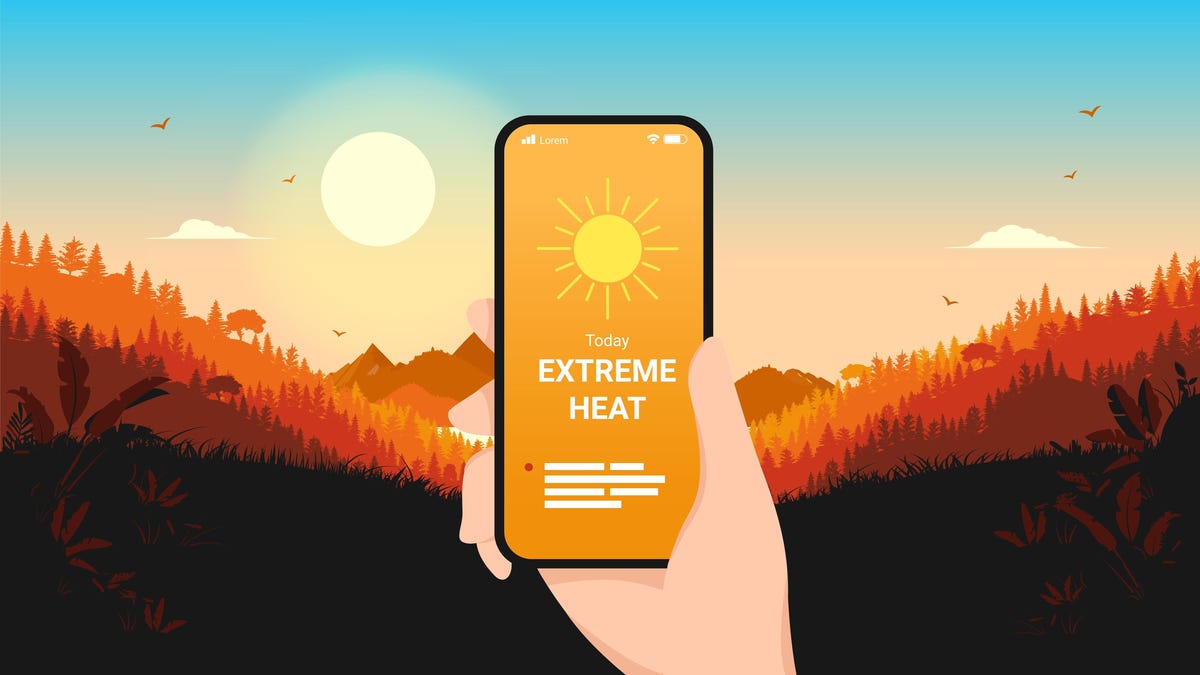Improved Heat Risk System Introduced by National Weather Service and CDC
On Earth Day, a collaboration between the National Weather Service (NWS) and the Centers for Disease Control and Prevention (CDC) yielded the release of an enhanced heat risk system. This system is designed to more effectively communicate the severity of hot weather conditions to the public.
The newly introduced heat risk system involves a color-coded approach, with the addition of a fifth-tier—magenta—beyond the existing red tier. Magenta indicates extreme heat scenarios characterized by “rare and/or long-duration extreme heat with little to no overnight relief,” as per the Associated Press.
Enhanced Forecast Capabilities
One notable feature of the upgraded risk system is its ability to project extreme weather conditions up to seven days in advance. This extended forecasting horizon enables individuals to prepare for potential heat challenges preemptively.
The color-coded system now includes the following tiers: green signifies no heat risk, yellow and orange point to risks for heat-sensitive individuals without adequate cooling or hydration, red denotes a high risk for the entire population, and magenta signals a very high risk for everyone over an extended time frame.
Preventative Measures and Health Implications
CDC Director Mandy Cohen emphasized the preventability of heat-related illnesses and deaths through appropriate measures. In a released statement, Cohen highlighted the importance of new tools and guidelines to assist people in safeguarding themselves during periods of heightened heat.
When a day falls within the 5% of hottest days in a specific location during a particular time of the year, the alert status is categorized as red. This alert level escalates to magenta when additional factors, such as the duration of the heatwave, intensify the heat impact on the area.
Nationwide Implementation and Impact
While a preliminary version of the heat risk map was utilized in the western U.S., an updated and enhanced iteration will now be deployed nationwide. This comprehensive framework provides decision-makers with an easily accessible but scientifically robust heat service that aligns with public health principles, as highlighted on the collaborative CDC and NWS website.
According to the CDC, the warm-season months from May to September in 2023 shattered records as the hottest months recorded in the United States. This unprecedented heatwave led to a surge in heat-related ER visits nationwide.
Moreover, the National Oceanic and Atmospheric Administration reported that 2023 emerged as the warmest year globally on record by a significant margin, establishing a concerning trend of consistently warmer years since 1976.
Recognizing and Responding to Heat-Related Illness
Recognition of common symptoms of heat-related illnesses, including heat stroke and heat exhaustion, is critical. Symptoms such as dizziness, headaches, clammy skin, profuse sweating, and fainting should prompt immediate action and medical attention. Additional guidance on identifying symptoms and appropriate responses can be accessed on the CDC website.
Image/Photo credit: source url





